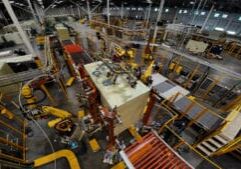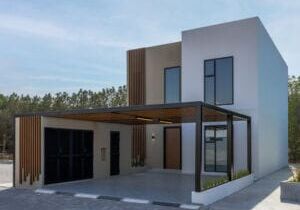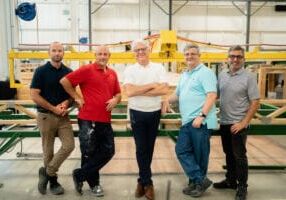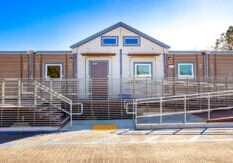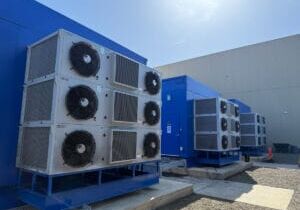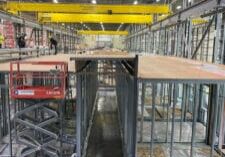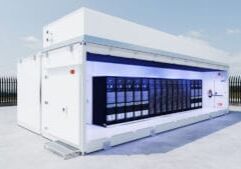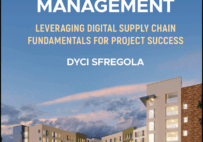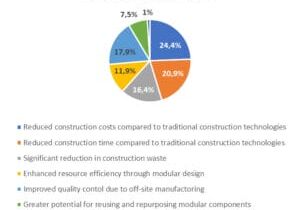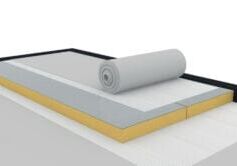Falcon Structures: Thinking Inside the Box
Stephen Shang, CEO and co-founder of Falcon Structures, has a background in technology and venture capital deals. But in 2002, when the dotcom bubble burst, he decided he wanted to build a “real business.” He left San Francisco, created a new business, and never looked back.
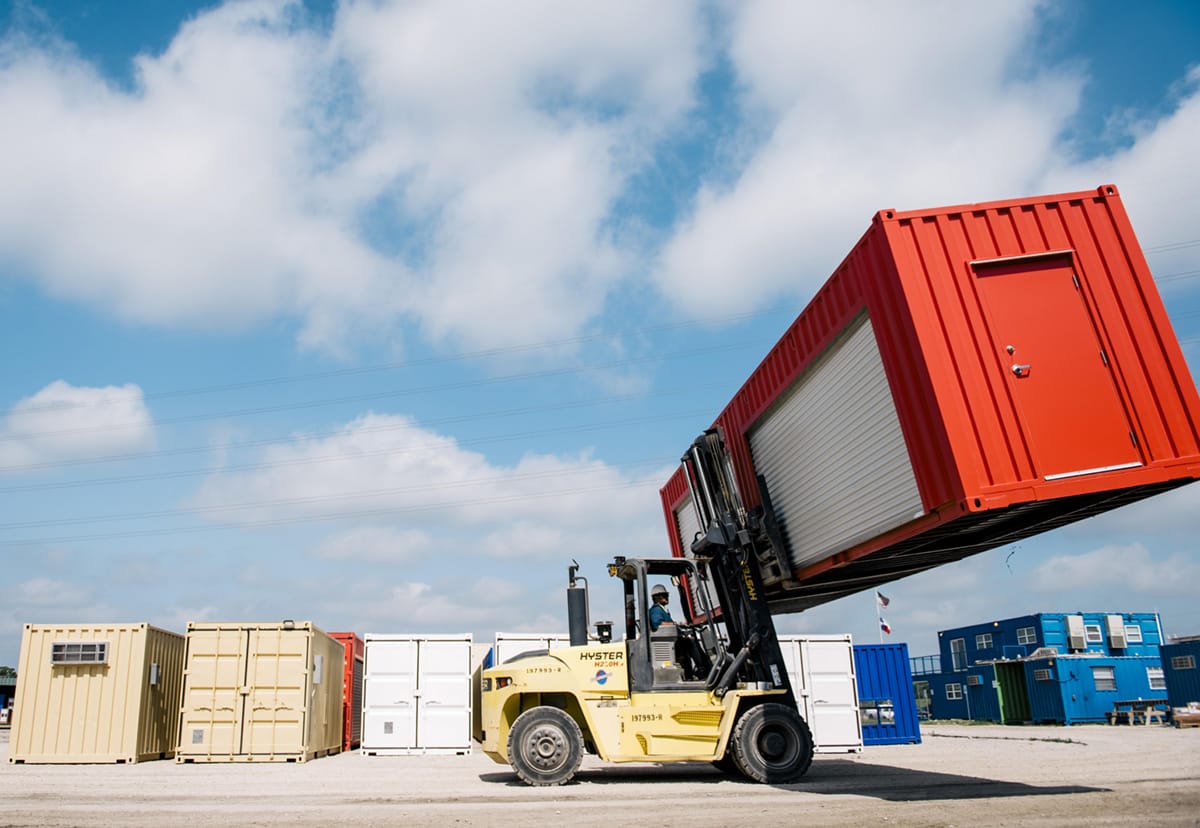
When Stephen Shang and Brian Dieringer launched Falcon Storage in 2003, the idea was straightforward: buy shipping containers, rent them out for storage, and keep things simple. But simplicity didn’t last long. By 2005, Falcon was turning ordinary steel containers into a wide variety of structures—and their vision had grown far beyond storage.
The company’s early projects were simple and functional with little engineering or design. Falcon basically added air conditioning and insulation to 20-foot or 40-foot containers.
“The market really loved that product, and they still do love that product,” says Shang, who serves as the company’s spokesperson. “But over the years we’ve seen that by starting with a structurally sound box, you could do all kinds of crazy things.”
One of the earliest and largest projects the company undertook was the creation of a 700-container simulated city in New Mexico for the Department of Defense.
“We applied a lot of the lessons learned from that project to industry,” Shang says.
A major focus for Falcon Structures today is employee advocacy. They noticed a pattern emerge, with their containers being deployed to some of the toughest, most unforgiving workplaces imaginable. A construction crew braving the scorching desert heat needed a field office to stay productive and cool. Factory workers handling toxic materials required a safe, functional locker room with showers to wash away the day. Laborers in remote areas needed more than a sweltering porta potty – they needed climate-controlled bathrooms that offered dignity and comfort.
“Companies are starting to pick up on this trend that to get and retain these workers – who are instrumental to our economy – you have to take better care of them. So, a lot of our product line is about taking care of employees.”
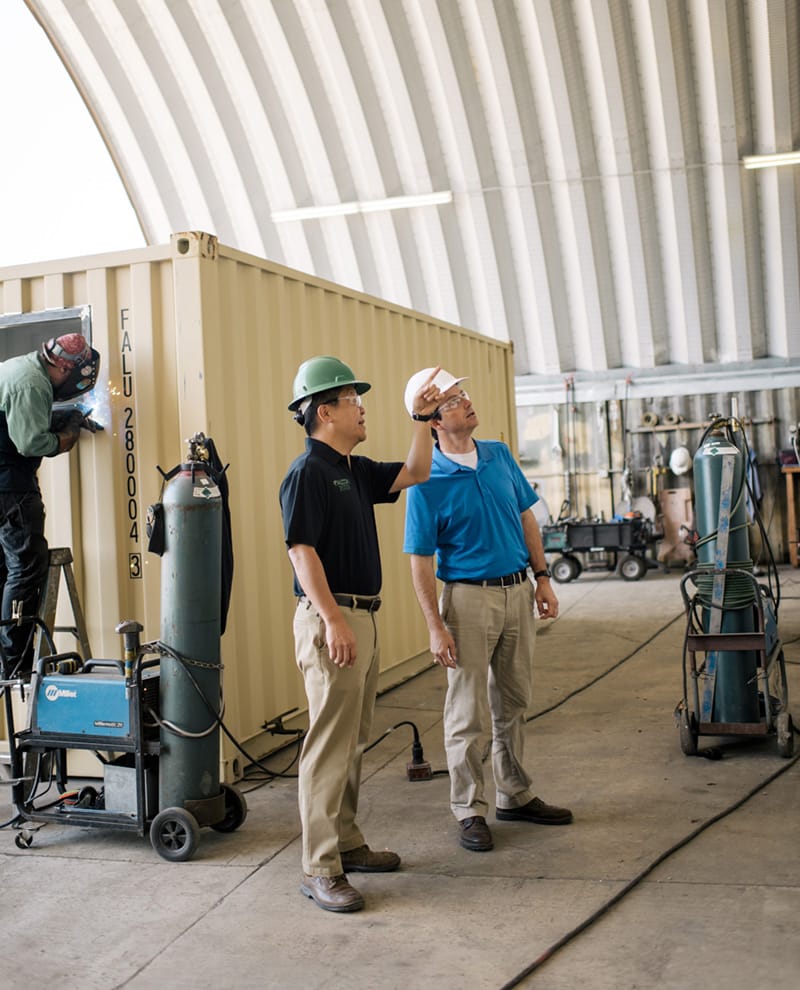
Stephen Shang and Brian Dieringer co-founded Falcon Structures together in 2003.
Creativity Flourishes within Constraints
Modified containers are extremely sturdy, quick to build and set up, and economical. When a business needs a quick, deployable structure, they make a lot of sense Starting with a box rather than starting from scratch has advantages for Falcon as well. An 8-foot-wide, 40-foot-long, and 9.5-foot-tall box places constraints upon the design—which Shang says is a good thing.
“We like to think inside the box,” Shang jokes. “When you start with a strong, sturdy frame, it forces you to innovate and maximize every inch of space. That’s where the magic happens—taking constraints and turning them into creative solutions.”
Geographically, Falcon serves companies everywhere in the U.S.—from the East Coast to the West Coast, from Alaska to the Caribbean, as well as Mexico and Africa.
“It’s a shipping container. It’s designed to travel the world,” says Shang.
Falcon’s modified containers can be as simple as a 20-foot office space, about 160 square feet, that sells for under $20,000.
Clients can customize the repurposed containers by selecting among options from Falcon’s design library to add to the basic model, including different brands of HVAC systems, upgraded floors, or multiple windows. It’s a delicate balance, Shang shared, toeing the line of being a manufacturer with clean processes in a construction-like environment.
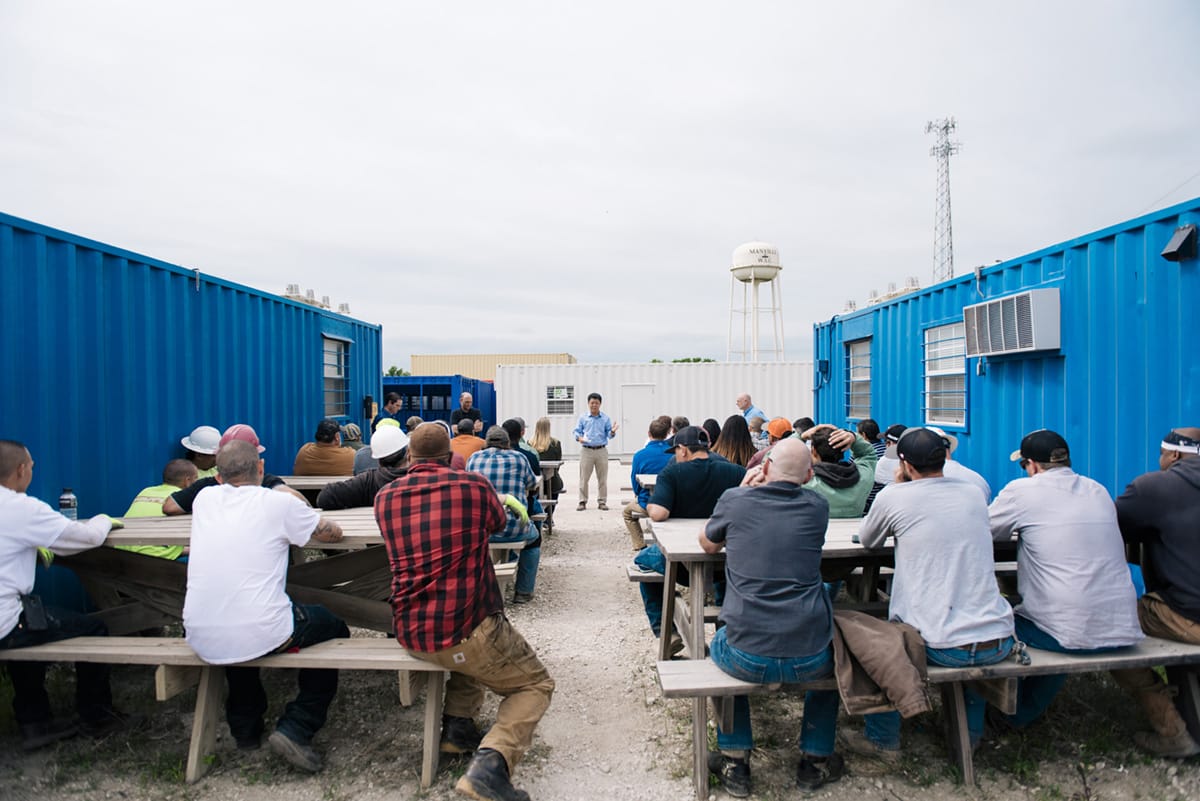
Falcon’s culture of one team across production and office workers is highly important to the company.
“Or it’s like Burger King,” Shang says. “We’ve made it so you can have it your way. That’s where the secret sauce is.”
As the company evolved, it built containers for a wide variety of different uses—equipment enclosures, offices, vertical farms, food and beverage units, disaster recovery, storage space, manufacturing space, changing/shower areas for workers dealing with toxic materials, bathrooms, and sleeping/living quarters for remote site operations.
The team thinks they’ve only scratched the surface.
“Modified containers fulfill an important niche in the modular industry,” Shang says. “There’s great market potential and a lot of excitement around them.”
Some of Falcon’s latest projects include creating container solutions for New York’s Central Park and an East Coast professional baseball team. More and more, Falcon is shipping out container bathrooms and locker rooms to improve traditionally difficult work environments, like those in oil and gas or construction.
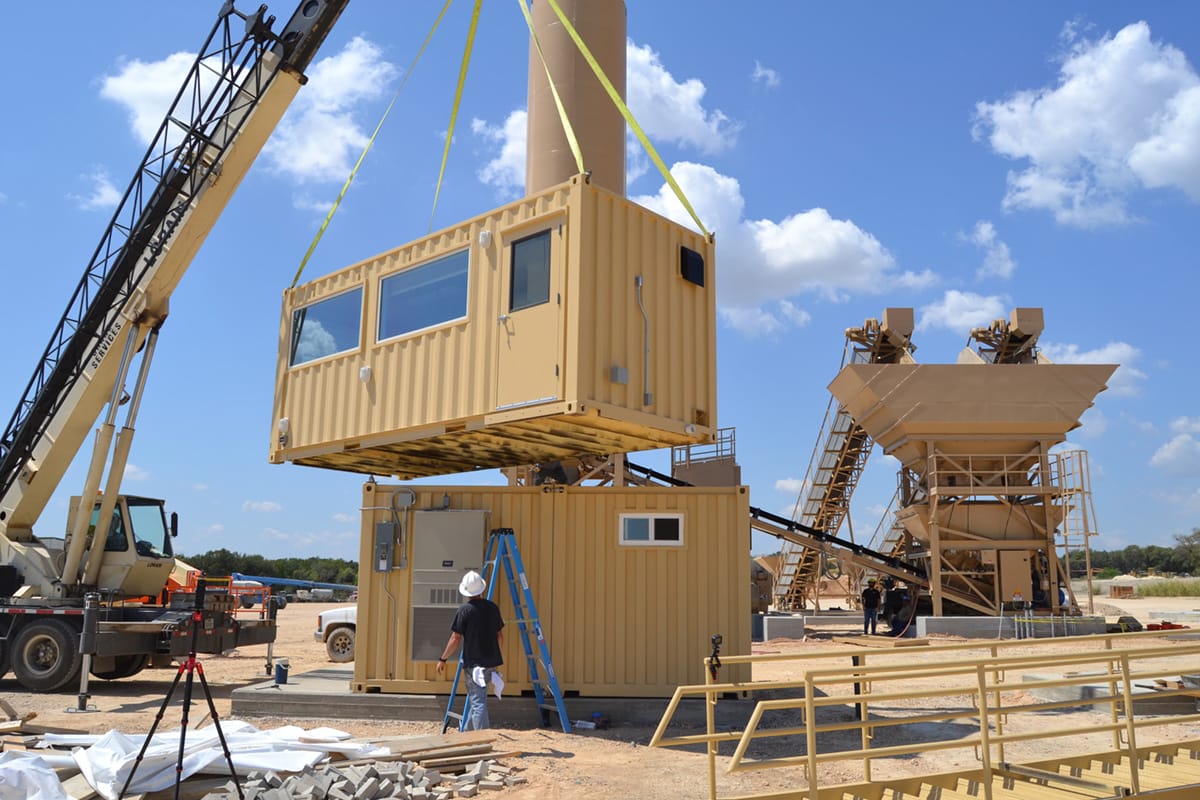
Modified shipping containers thrive in industrial, rugged environments, like this two-story observation workspace for an aggregate company.
Vision to Reality: How Falcon Delivers Custom Containers
Falcon’s process begins with a floor plan from their library of designs. Their team guides the customer through modification options for a customized solution, then provides a quote. Once the customer signs off on that piece, the design team creates shop drawings that include everything that will go into the container and specify how it will be laid out.
“We want to make sure we get this right on paper before we start swinging hammers,” Shang says. “There’s no undo button once we start on it in the factory.”
Then production begins. The container goes through phases like carpentry, insulation, electrical, and mechanical. Once the container is finished, it goes through a thorough quality control process before shipping off to its final destination.
The entire process typically takes six to eight weeks.
The State of the Industry
“The container industry is still in its teenage years,” Shang says with a grin. “We’re just getting started, and the only limit is our imagination. Every project pushes boundaries and proves what’s possible inside the walls of a box.”
Initially, there were no building codes for containers. But in 2021, thanks to efforts of the Modular Building Institute (MBI), shipping containers are now included in the building codes. However, many code issues and regulation concerning using them as building products still need to be resolved. Shang says it will happen through collaboration. Through his work with MBI, he interacts with the International Code Council, working alongside building code officials to rewrite or edit building codes.
“Codes ensure that we can build safe structures that are suitable for public use,” says Shang, who will become MBI’s President of the Board in 2025. “Getting everyone on the same page and educating the industry is critical.”
Shang says having codes for building containers accomplished two things. “One, it has taken out fly-by-night companies who don’t want to follow the rules. And two, it has given the people in the industry who take it seriously guidelines for building safely.”
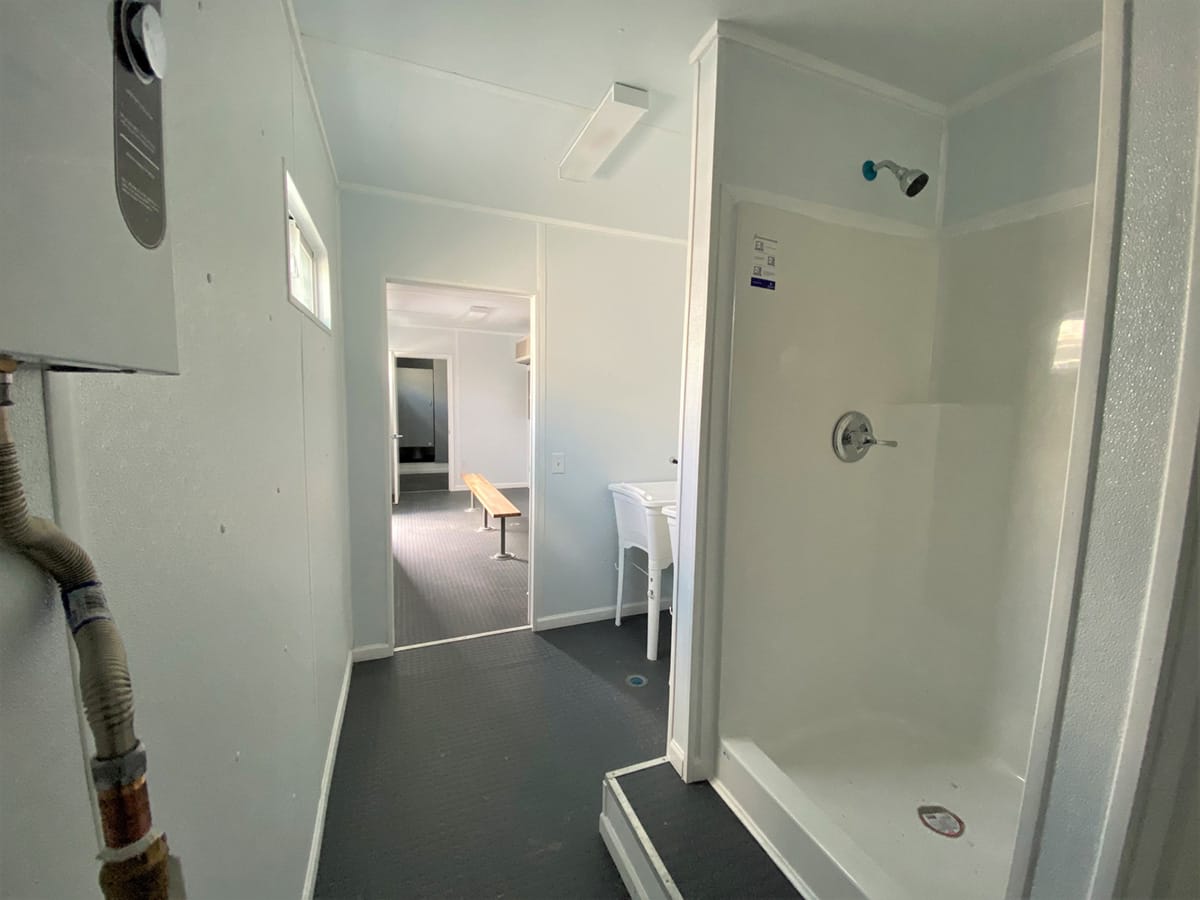
Outfitted with full plumbing, containers with showers and toilets provide climate-controlled locker rooms for blue-collar workers where traditional construction isn’t feasible.
Approximately 17 million shipping containers are in circulation today in ports worldwide. An estimated 11 million are currently unused and just sitting around. But not all of them are acceptable for repurposing. A common misconception is that containers are free or very cheap—that ports practically give them away.
Falcon purchases some containers directly from factories in Asia. One-trip containers (brand new containers that arrive in the U.S., are unloaded, and purchased) are by far the most common type used for repurposed containers. The steel components can be traced, plus buyers know what cargo was stored in it. Other containers come from leasing companies or port depots.
“We’ve developed a very sophisticated supply chain over the last 20 years,” Shang says. “Getting the container is the easy part of the whole process.”
Purpose-Driven Challenges
Starting out, the main challenge for the two co-founders was to build a product that was “just right.” Now that the company has been modifying containers for more than 20 years and has nearly 80 employees, its challenge has changed. Now the focus is on creating a company culture that ensures all employees care about the customer and do great work.
“Creating a culture of excellence is really hard to do, and you can lose it in an instant,” Shang says.
He believes transparency and communications are critical to creating that culture. Every morning, Falcon kicks off the day with a five-minute huddle—a fast-paced, no-frills check-in where teams share their top priority. It’s like a daily team rally, ensuring every department stays aligned and energized. This culture of communication isn’t just about efficiency; it’s the heartbeat of Falcon’s success.
“It creates that culture, that cohesion, that allows us to communicate freely with one another,” Shang says.
Take the company Christmas party, for example. It used to be held at a swanky downtown Austin restaurant, but attendance from the production crew was sparse. The solution? Bring the celebration home. Today, the party unfolds right in Falcon’s production area, transformed with festive decorations and brimming with camaraderie. From an annual (and sometimes contentious) egg toss challenge to team games, the event is now a true reflection of Falcon’s culture: inclusive, fun, and all about connection. Nearly 95% of employees join in, proving that sometimes, the best memories are made close to where the magic happens.
“Fostering a culture of excellence and genuinely supporting our employees has been one of our most rewarding challenges,” Shang says. “To me, it’s the ultimate measure of a company’s success.”
About the Author: Shari Held is an Indianapolis-based freelance writer who has been covering the construction industry for more than 20 years.
More from Modular Advantage
Resia: Breaking All the Rules
Resia Manufacturing, a division of U.S.-based Resia, is now offering prefabricated bathroom and kitchen components to industry partners. Its hybrid fabrication facility produces more precise bathroom and kitchen components (modules) faster and at lower cost than traditional construction. Here’s how Resia Manufacturing does it.
How LINQ Modular Innovates to Bring Modular To The Market in the UAE and Beyond
LINQ Modular, with an office and three manufacturing facilities in Dubai, is a modular firm based in United Arab Emirates. The company is on a mission: to break open the housing and construction markets in the Gulf Cooperation Council (GCC) area with modular.
ModMax: Redefining Modular Construction with Confidence and Precision
ModMax was born out of frustration—frustration with five persistent pain points in modular construction: Permitting bottlenecks. Production delays. Rigid designs. Disconnect between “the office” and the field. Lack of transparency and communication.
LifeArk: Disaster-Resilient Housing from Recycled Plastic and 100-year-old Technology
Wee compares LifeArk’s housing units to Yeti coolers, as they are built similarly. Each component takes 15 to 20 minutes to manufacture, has an R-value of 40, and includes molded slots and chases for wiring, plumbing, fire sprinklers, and other utilities.
Building the Future of Modular Edge Infrastructure
The edge data center market is expanding rapidly, driven by the surge in AI workloads, IoT adoption, and the need for localized compute power. In these environments, sustainability, scalability, and reliability are non-negotiable. Cooling is among the most complex challenges for operators—and one of the most decisive factors in long-term success.
Accelerating Light-Gauge Steel Construction: A Semi-Automated Digital Workflow for Off-Site Projects
For construction professionals, the message is clear. By adopting semi-automation and digitalization, companies can deliver projects faster, more accurately, and more profitably, while also building stronger collaboration across teams. The approach is not about replacing people with machines, but about empowering people with better tools and processes.
Why Modular Data Centers Are Gaining Momentum
Artificial intelligence, high-performance computing, and edge applications push the limits of traditional “stick-built” data centers. They take years build, often struggle with high density workloads, and aren’t optimized for deployments near end users. Modular data center platforms are purpose-built to address these challenges, offering flexibility and scalability to adapt to evolving technologies, while opening new opportunities for the modular construction industry.
Supply Chain Innovation in Action: 5 Habits Every Modular Leader Should Practice
By applying these principles to supply chain practices — collaborative planning, strategic procurement, scenario modeling, digital tools, and transparent forecasting — construction leaders can build value chains that are not just efficient and agile, but truly innovative.
Exploring the Role of Modular Integrated Construction (MiC) in Advancing Circular City Principles – A Survey of Stakeholder Perspectives
The survey findings highlight the significant potential of Modular integrated Construction (MiC) in advancing the development of circular cities. By reducing costs, accelerating construction timelines, and minimizing waste generation, MiC offers a promising approach to sustainable urban development.
The Use of MS POLYMER™-Based Sealants and Adhesives in Modular Building
These products combine flexibility and elastic recovery with excellent adhesion to different substrates and have already shown their usefulness in traditional construction. Now it’s time for them to be put to use in the modular construction industry.

